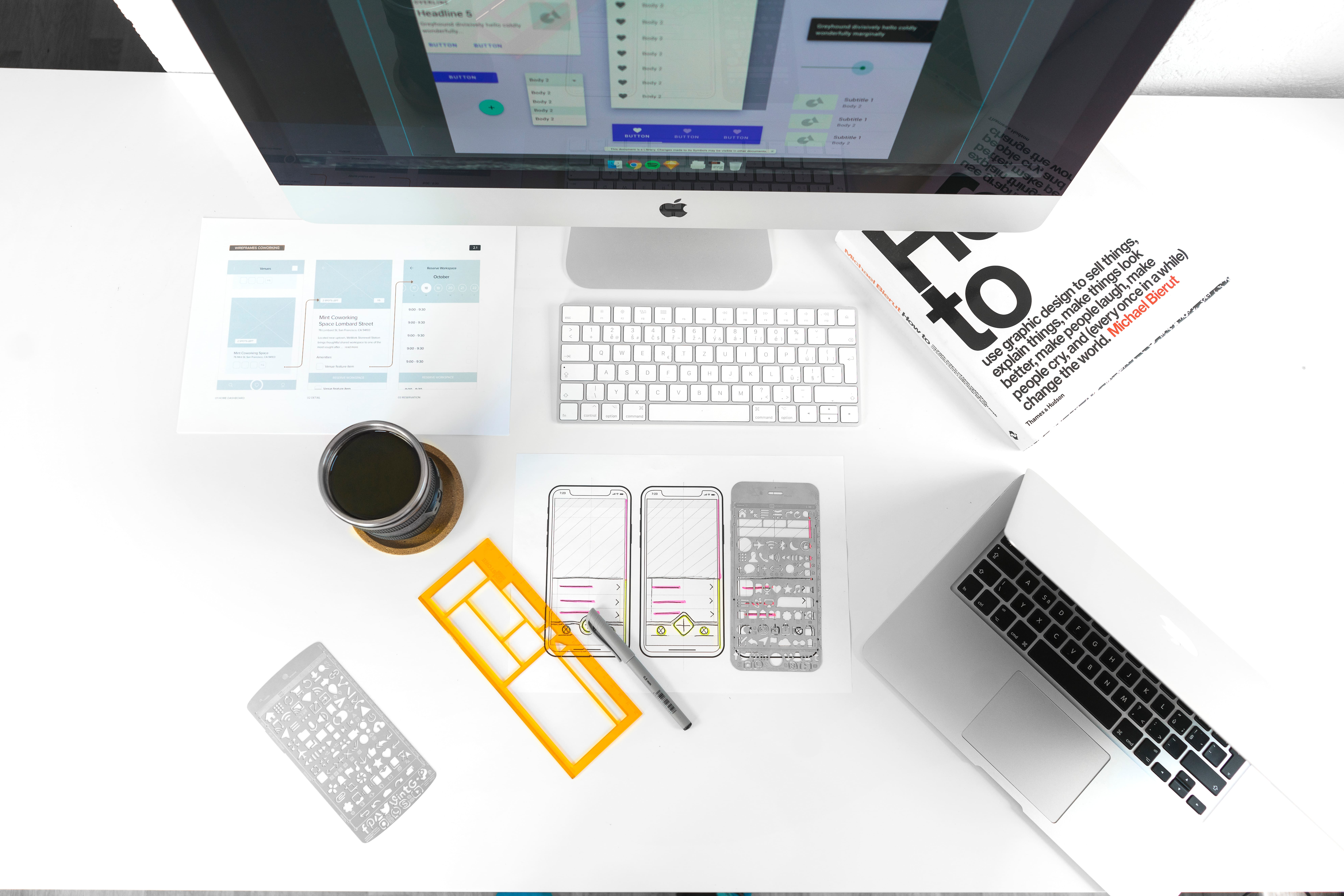How to Evaluate and Improve UI

Creating an exceptional User Interface (UI) design is essential in today’s digital age. To ensure your UI design not only meets but exceeds user expectations, it’s essential to employ contemporary evaluation and improvement strategies. In this article, we will explore the importance of continuous evaluation, mobile optimization, and embracing Growth-Driven Design (GDD), providing insights, rationales, actionable guidance, and context.
Continuous Evaluation for UI Enhancement
Creating an exceptional UI requires an ongoing commitment to evaluation. Monitoring Key Performance Indicators (KPIs) like conversion rates, click-through rates, and user engagement can offer clear indications of UI effectiveness. Positive trends in KPIs signify successful UI improvements, ensuring that your design is moving in the right direction.
How to Compare to Previous Versions:
- Set Clear KPIs: Define Key Performance Indicators (KPIs) that align with your UI objectives, such as conversion rates, click-through rates, and user engagement.
- Regularly Monitor: Continuously track your KPIs using analytics tools to identify trends and changes in user behavior over time.
- Benchmark Against Past Versions: Compare current UI performance against previous iterations to determine the impact of design changes.
How to Conduct A/B Testing:
- Identify Test Variables: Choose specific elements to test, such as button colors, fonts, or layout changes, and create alternative versions.
- Randomly Assign Users: Randomly assign users to either the control (existing UI) or the test group (new UI) to ensure unbiased results.
- Analyze Results: Carefully examine the data from both groups to determine which version performs better based on your predefined KPIs.
How to Gather User Feedback:
- Engage Regularly: Establish channels for user feedback, such as surveys, feedback forms, or user interviews.
- Ask Targeted Questions: Inquire about users’ likes, dislikes, and pain points concerning specific UI elements or tasks.
- Analyze Qualitative Data: Thoroughly analyze qualitative feedback alongside quantitative metrics to gain a holistic understanding of UI performance.
Prioritizing Mobile Optimization
Given the prevalence of mobile browsing, optimizing your UI for various devices is imperative. Touch heatmaps and analyzing the shortest user sessions are essential tools for effective mobile optimization.
How to Utilize Touch Heatmaps:
- Implement Heatmap Tools: Integrate touch heatmap tools into your website or application to collect data on user interactions.
- Analyze Heatmaps: Study touch heatmaps to identify patterns in user behavior, such as common taps, swipes, and pinches.
- Optimize UI Elements: Based on heatmap insights, adjust the size, placement, and functionality of UI elements to align with natural user interactions.
How to Analyze Shortest Sessions:
- Utilize Session Analytics: Employ session tracking and analytics tools to identify users with short, one-page visits.
- Identify Exit Points: Determine which pages users exit from most frequently and investigate the potential issues causing premature site abandonment.
- Make Data-Driven Changes: Use the insights from the shortest sessions analysis to redesign problematic pages and improve user retention.
Embracing Growth-Driven Design (GDD)
Websites and applications are dynamic entities that must evolve with changing user needs and technology. Growth-Driven Design (GDD) emphasizes launching a Minimum Viable Product (MVP) and the benefits of adaptability and continuous improvement.
How to Implement an MVP:
- Define Essential Features: Identify the core features and pages required to serve your users’ primary needs.
- Rapid Prototyping: Create a minimalistic version of your website or application, focusing on functionality over extensive features.
- Collect User Feedback: Launch the MVP and gather user feedback to inform subsequent improvements and feature additions.
How to Embrace Adaptability and Continuous Improvement:
- Establish Feedback Loops: Implement mechanisms to continuously collect user feedback, such as feedback forms, user surveys, or customer support channels.
- Iterative Enhancements: Regularly assess user feedback, technological advancements, and emerging trends to make incremental changes to your UI design.
- Prioritize User-Centric Features: Base your UI improvements on user needs and preferences, ensuring that each update enhances the overall user experience.
Elevating your UI design in the modern digital landscape requires a comprehensive and action-oriented approach. By following these practical steps for continuous evaluation, mobile optimization, and embracing Growth-Driven Design (GDD), you can create a user-friendly and adaptable UI that consistently exceeds user expectations in a rapidly evolving digital world.





